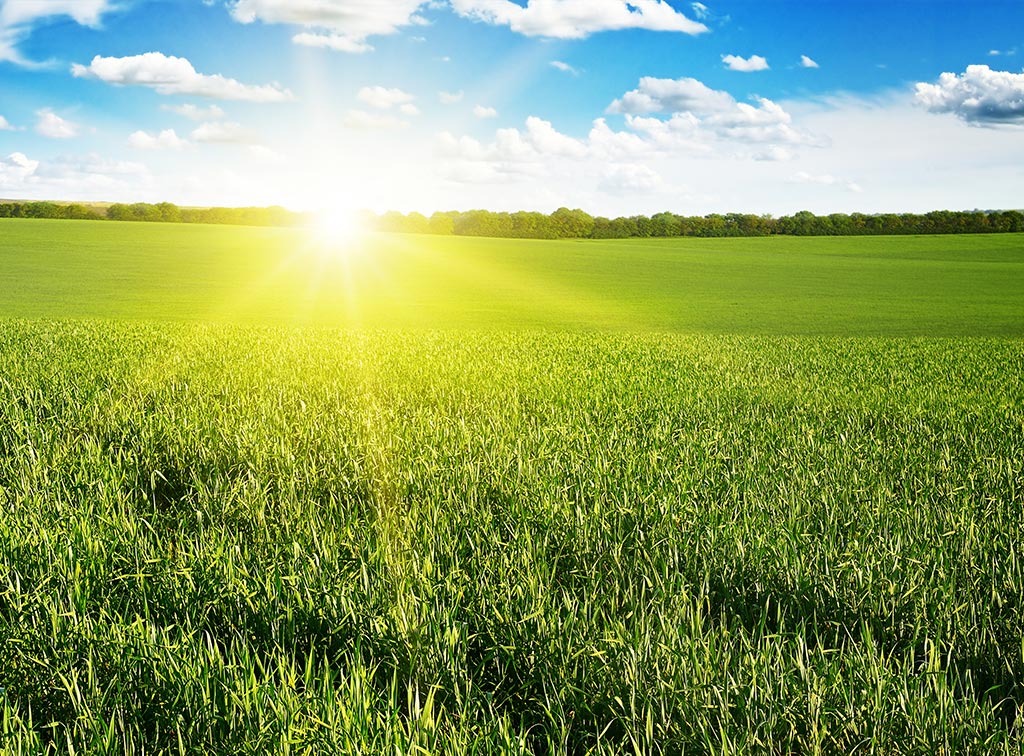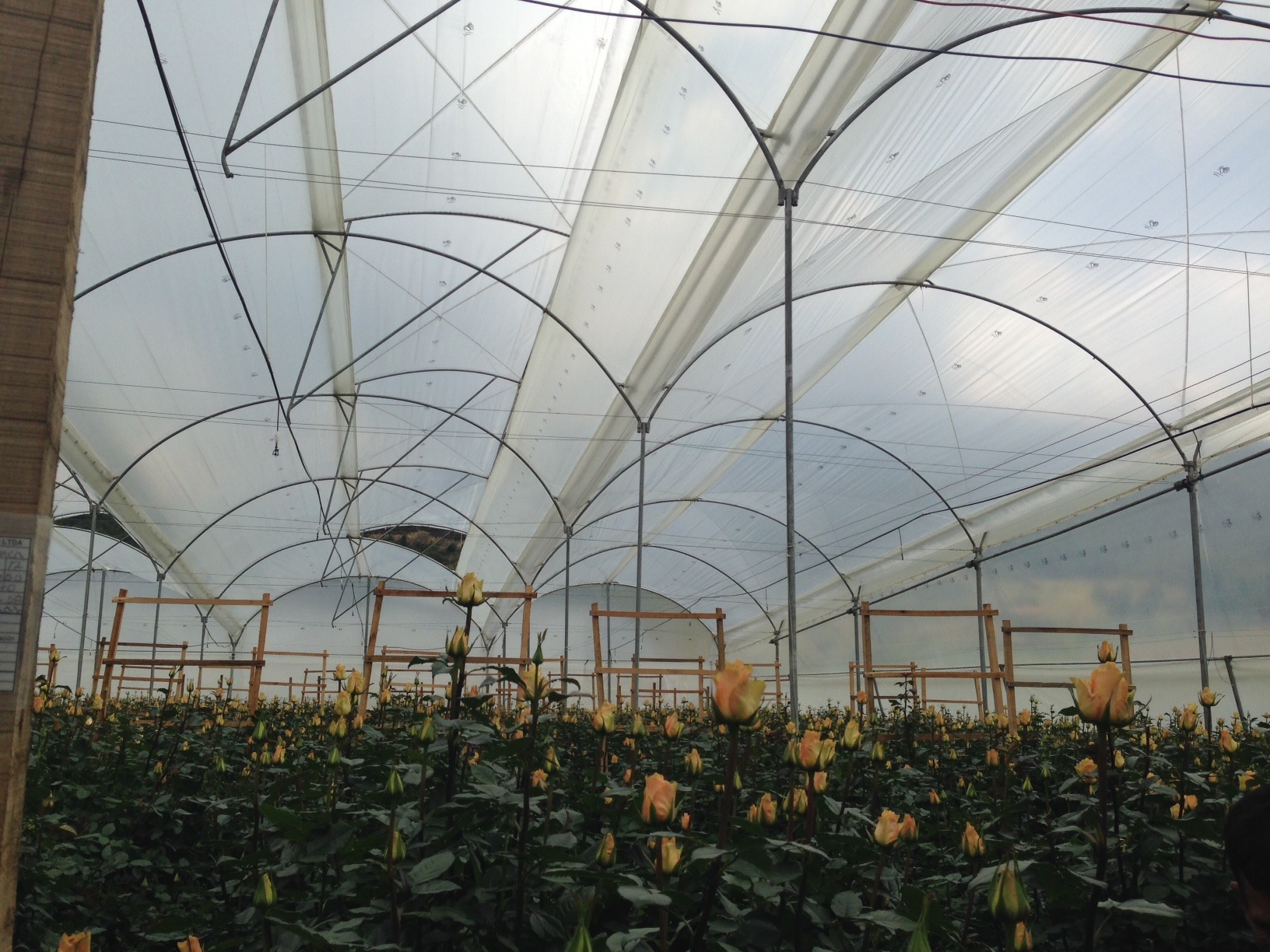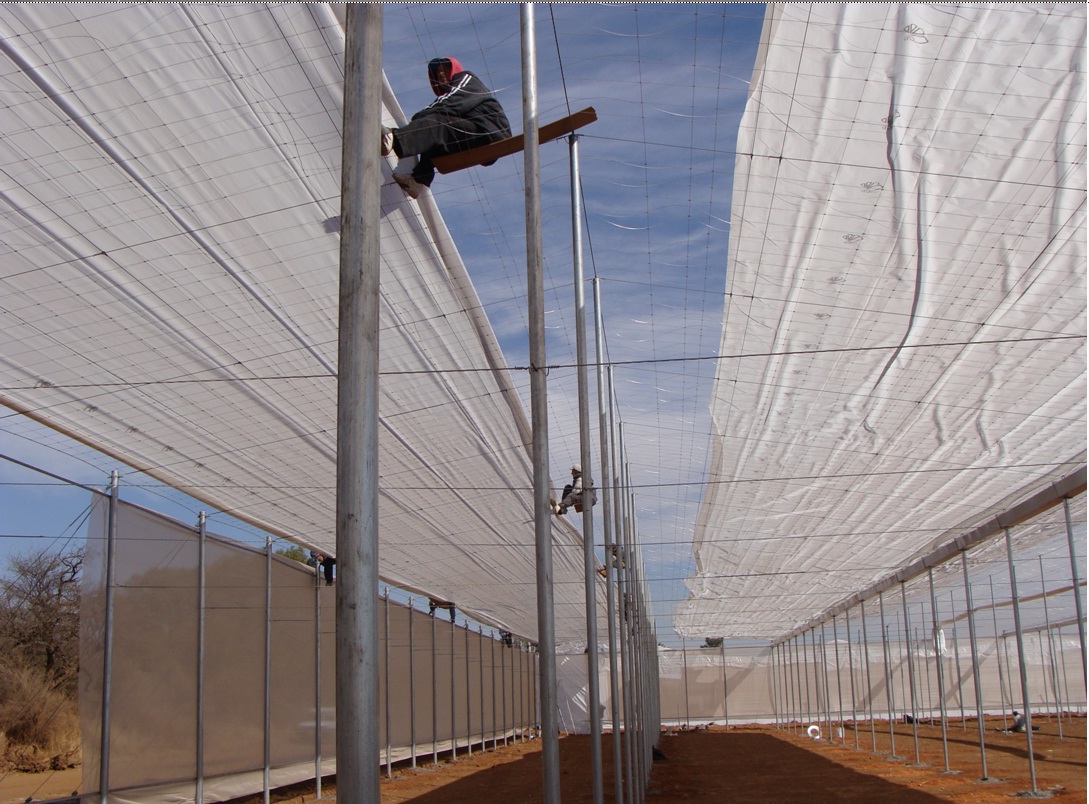PAR and Plant Response Curve
Just as humans need a balanced diet, plants need balanced, full-spectrum light for good health and optimum growth. The quality of light a plant receives is just as important as the quantity. Plants are sensitive to a similar portion of the spectrum as is the human eye.This portion of the light spectrum is referred to as Photo-synthetically Active Radiation or PAR, namely the wavelength Spectrum of about 400 to 700 nanometers. Nevertheless, the way a plant responds to light within this spectrum is very different from the way humans respond.
The human eye has a peak sensitivity in the yellow-green region, around 550 nanometers. Plants, on the other hand, respond more effectively to red light and to blue light, closer to the two extremities of the visible spectrum.The graphs below show the human eye response curve and the plant response curve. ...
קרא עוד







